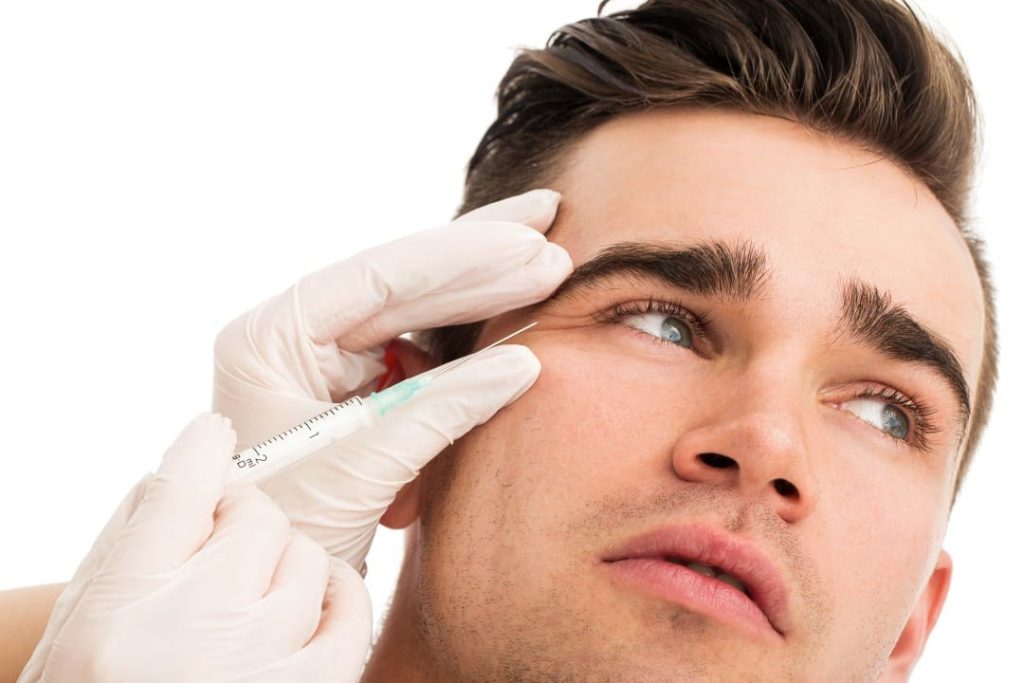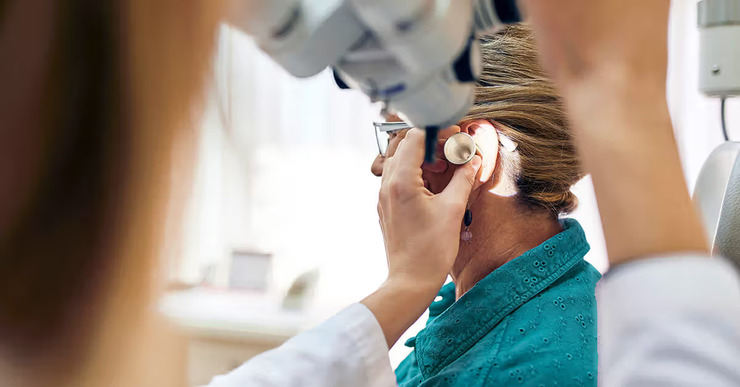
Welcome to a new journey. Today, we dive into the heart of a topic that many grapple with – Polycystic Ovary Syndrome (PCOS) and its link to infertility. A complex health issue, PCOS affects many women in their childbearing years. Among the diverse challenges it presents, infertility is the most daunting. New research, including studies conducted in new york gender selection, offers fresh insights. Let’s decode this intricate relationship between PCOS and infertility together.
Understanding PCOS
PCOS is a hormonal disorder that affects women of reproductive age. It causes enlarged ovaries with tiny cysts on the outer edges. The main cause of it is still unknown. However, high levels of insulin and inflammation have been linked with increased androgen levels, leading to PCOS.
The Link Between PCOS and Infertility
PCOS is one of the main causes of infertility in women. High levels of androgens interfere with the development of eggs and their release from the ovaries. As a result, ovulation may not occur regularly.
New Insights into PCOS and Infertility
New research reveals that insulin resistance, common in women with PCOS, maybe a significant factor in infertility. Insulin resistance can lead to an overproduction of insulin, affecting ovulation. Also, …



